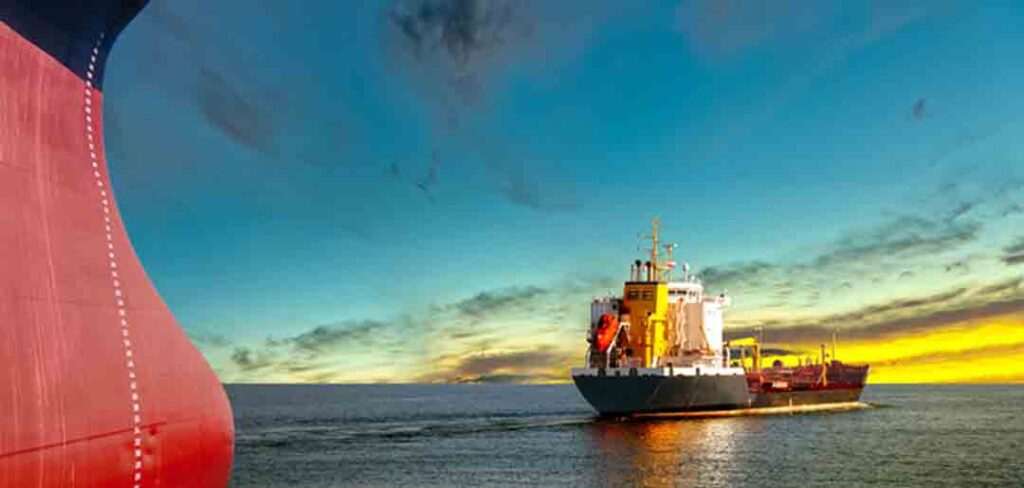
In recent times, the COVID-19 pandemic has been the unifying and defining experience of the international community. The global journey appears now to be entering smoother waters, with countries headed more confidently towards stabilisation and recovery. One of the key components of the recovery plans being adopted by most countries is a concerted drive to provide vaccinations for their citizens and residents. As such, it should be expected that vaccines will continue to be in high demand across the globe.
The distribution of vaccines remains a profound challenge in the continued fight against COVID-19. How are they being transported? What are the transport requirements of specific vaccines? What are the relevant regulatory and contractual issues that may arise in the transport of vaccines? These are the questions that are of particular relevance to members of the shipping and transport industry, against the backdrop of still fraught supply chains, globally. The transport of vaccines is further complicated by the fact that most vaccines must be stored at very low temperatures, require deft handling, and have limited shelf-life. This not only requires transporters and handlers to be well-versed in cold-chain logistics, it also calls for close cooperation and coordination between those involved at the different stages of the distribution journey.
In this article, we take a look at these issues, particularly from the perspective of the Southeast Asian region from which we have invited invaluable input from the Rajah & Tann Asia network member law practices. The article explores the following:
a. Transportation requirements for selected vaccines;
b. Practical issues in the various stages of the transport of vaccines;
c. International guidelines or standards governing the transport of vaccines; and
d. Contractual issues which may arise in the transportation process.
For more information, click here to read the full Legal Update.






